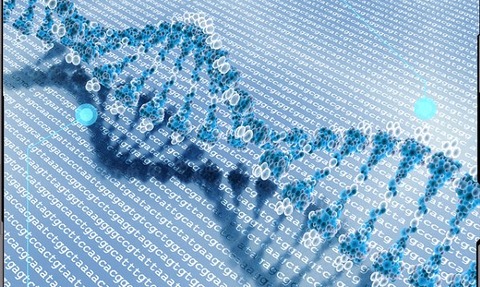Junk in the genes
30 Jul 2014

A better understanding of the entire human genome could explain how defective genes lead to diseases such as cancer, anaemia and cystic fibrosis.
A team of scientists at the Karolinska Institutet’s SciLifeLab in Stockholm, Sweden claim to have found almost 100 new protein-coding regions in parts of the human genome that appeared to lack any purpose.
According to the researchers, some of these genes, which have been referred to as ’junk DNA’ or ’pseudogenes’, could be linked to cancer, and a variety of other diseases.
“We can use this technology to detect the function on the junk DNA
GE’s Lotta Ljungqvist
“Our study challenges the old theory that pseudogenes don’t code for proteins,” says Janne Lehtiö, associate professor at the institute and study leader.
“We had to develop both new experimental and bioinformatics methods to allow protein based gene detection, but when we had everything in place it felt like participating in a Jules Verne adventure inside the genome,” Lehtiö says.
The methods used by the research team incorporated DNA-mapping technology currently under development by GE Healthcare’s life sciences division.
Genes make up a small percentage of the human genome. The majority of what is left, which includes pseudogenes, lacks any known purpose.
Scientists have suggested that pseudogenes could be remnants of genes that lost their functions during the evolution of our species.
However, Lehtiö’s team have been attempting to challenge this claim since the research was announced last year.
The Karolinska team used a prototype version of Immobiline DryStrip gels developed by GE’s life sciences arm to conduct its research.
The technology is designed so that detailed maps of gene expressions can be created.
“It’s like having a new high-resolution digital camera,” says Lotta Ljungqvist, head of research and development for bioprocess at GE’s life sciences unit.
“We can use this technology to detect the function on the junk DNA, observe the difference between healthy and diseased samples, and eventually find a way to treat diseases,” Ljungqvist says.
“Everybody was looking for genes, but now we are looking at what these genes actually mean. It gives us new understanding.”
This research was initially published in November 2013, and can be found here.

